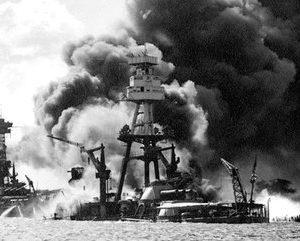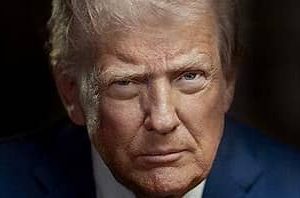Recently, issues between India and Pakistan have been dominating the media. I hope the war will end soon and that these two countries can restore peace. Regardless of the outcome of the war, it is always the people on both sides who suffer.
On Fighter Jets:
Are Chinese fighter jets underestimated?
Yes, they are underestimated.
For a long time, the entire Western world has viewed Chinese fighter jets, along with other Chinese weapons, as mere inferior copies of Soviet (Russian) weapons. They were seen as useless piles of scrap metal during the Gulf War. Even in the past decade, there have often been negative reports about Chinese weapons in some countries.
As a result, the conclusion people have drawn is that China cannot manufacture powerful fighter jets, and their J10C is just a cheap, low-performance aircraft.
An American friend once commented on Chinese fighter jets: “I don’t know if they are lethal, but whenever I think of them, I think of the Christmas trees sold at Walmart.”
But people have overlooked several issues:
- Most of the information comes from Western sources, meaning any information related to China is filtered through a lens. Their successes are often ignored, while their failures are exaggerated.
- People forget that Chinese fighter jets began moving away from Soviet (Russian) influence over 20 years ago and developed their own unique products.
- China is one of only two countries in the world (the other being the United States) that has mass-produced fifth-generation fighter jets, and they have already started mass production of two types of fifth-generation fighters.
- They are frequently testing sixth-generation fighter jets (two types), the only country in the world doing so.
- Their Mars and lunar rovers are operating millions of kilometers away.
- They independently operate a space station, the only country in the world to do so.
- In nuclear fusion, supercomputers, artificial intelligence, and any other cutting-edge technology, China is on par with the United States.
- They apply for 50% of the world’s patents every year, and 40% of STEM graduates worldwide come from China.
Looking at these points, the conclusion that China cannot make a powerful fighter jet seems quite foolish.
First, let’s compare two fighter jets:

From the main specifications of traditional fighter jets, the Rafale seems stronger than the J10C.
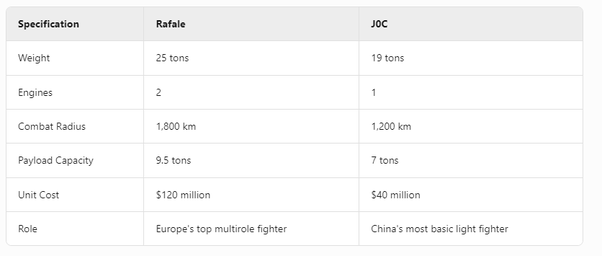
No matter how you look at it, the Rafale is like an expensive and powerful SUV, while the J10C is just a cheap small sedan. If the two planes fought, the J10C would not have a clear advantage.
However, modern aerial combat methods have already changed, and the J10C has two key advantages:
Radar:
The J10C is equipped with an AESA radar using unique GaN T/R modules (about 1,200 of them), with a detection range of 250 km for typical targets.
The Rafale is equipped with an AESA radar using an older generation of GaAs T/R modules (838 of them), with a detection range of no more than 200 km for typical targets.
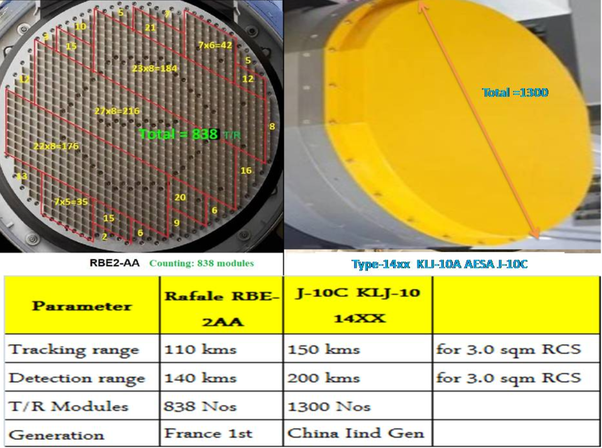
Another set of data (Jane's Defense Weekly)
Weapons:
The J10C is equipped with the PL15E/PL15 missiles, which use a dual-pulse engine with a range of 150-250 km and a maximum speed of Mach 4-5.
The Rafale’s missiles are mainly the Meteor, using a ramjet engine with a range of 150 km and a maximum speed of Mach 4.

In beyond-visual-range (BVR) combat, the J10C can achieve “earlier detection, earlier firing, and earlier disengagement.” While the Rafale’s radar hasn’t even detected the J10C, the PL15 has already launched at Mach 5, entering an unavoidable range.
In this case, the Rafale’s range, thrust, and maneuverability become irrelevant.
The J10C’s combat style is closer to that of a fifth-generation fighter; it doesn’t need to engage in “dogfights” with the enemy.
Final Result:
Neither side’s aircraft crossed the border, but the Rafale was shot down several tens of kilometers inside India.
According to Dassault’s online data, as of May 9, at least three Rafales have been marked as “inactive.”
The number of ejection attempts of the Martin-Baker ejection seat increased by 4 after this battle. The data also comes from the supplier’s website.
They also shot down a SU30MKI and a Mirage 2000.
Interestingly, information found on the fragments of PL15E missiles in India indicates that these missiles were produced ten years ago, and the PL15E is just a downgraded export version of the PL15.
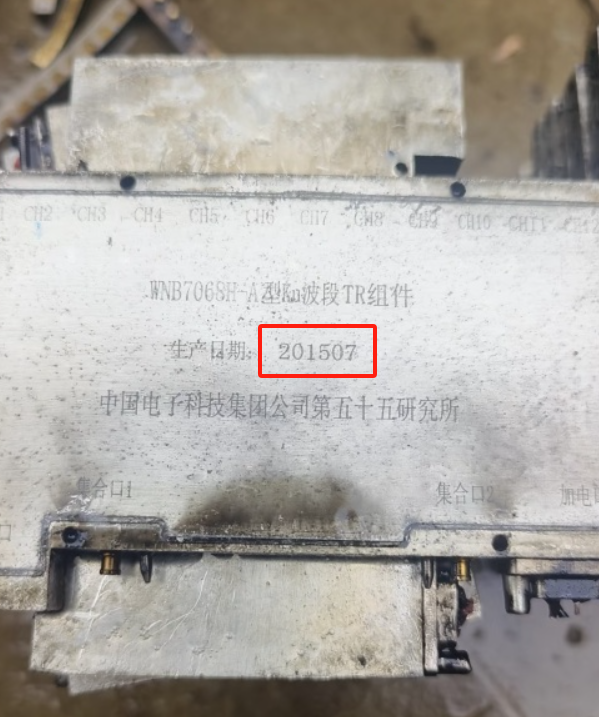
Conclusion:
China, using a low-end fighter jet and low-spec missiles from ten years ago, defeated Europe’s most advanced fighter jet and Russia’s mainstay fighter jet.
Pictures:
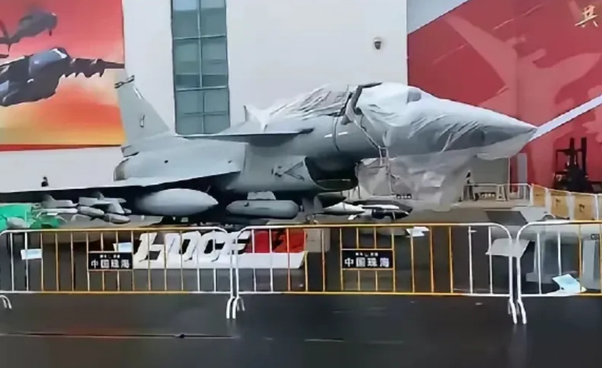
The J10C was placed in a corner at the Chinese airshow, barely covered by a torn plastic sheet, a complete supporting role.
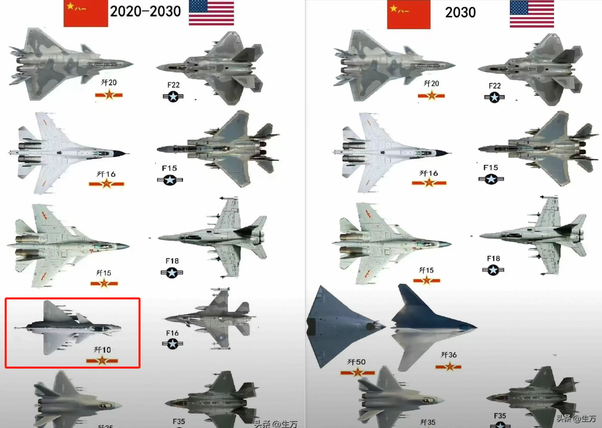
On Chinese social media, Chinese people posted pictures of the' Chinese and US air forces in 2020-2030'. We can see that the Chinese believe that by 2030, the J10C will no longer have any value.
The Chinese Air Force’s main fighter jets are the J16, J20, and the J35, with the J36 and J50 currently in development.
Next, compare the two countries’ air combat systems:
Pakistan:
- China ZDK-03 AWACS
- China HQ9 ground-based air defense radar
- China J10C fighter jet
- China PL15E long-range missiles
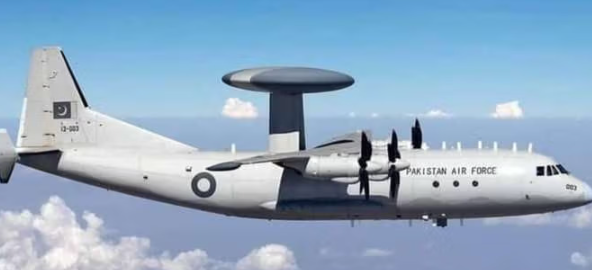
Chinese AWACS in Pakistan
Since all the equipment comes from China, they use the unified LINK16 high-speed data link.
This allows A to detect targets, B to launch weapons, C to complete guidance, and D to carry out electronic interference.
These weapons form a kill network, and the role of the fighter jet is not crucial.
India:
- Swedish Saab 2000 AWACS
- French Rafale fighter jet
- French Meteor missiles
- Russian S400 ground-based air defense system
Each weapon was purchased separately and can only coordinate using India’s C4ISR system.
They lack integrated combat capabilities, and the Rafale is essentially fighting Pakistan’s entire kill network on its own.
China is a superpower with a complete independent combat system, and only the United States and Russia have such capabilities. France and other European countries do not, and neither does India.
Considering the ability to sustain production and supply in large quantities, I am almost certain that Russia has been completely surpassed by China, and the U.S. might not even be a match.
Conclusion:
China hasn’t been involved in a war for over 30 years, and their high-value weapons are rarely sold.
If it weren’t for Pakistan, people might still be unaware of the capabilities of Chinese fighter jets, and many wouldn’t believe the technical specifications of Chinese weapons are real.
A military commentator said today: “The entire global defense circle never expected that the cheapest supplier has been holding the best weapons all along.”
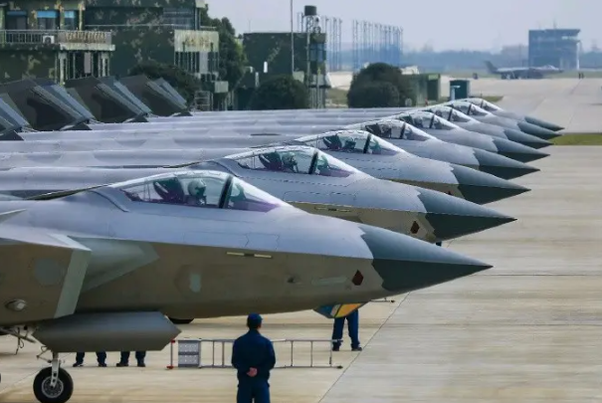
Military Significance:
In the 1982 Bekaa Valley air battle, the F-16 made its debut as a fourth-generation fighter jet, stunning the world and changing the history of aerial combat. It also elevated the F-16 to a legendary status (with 4,000 units sold in the next 40 years), rendering third-generation fighter jets obsolete.
In the 2025 India-Pakistan air battle, China’s J10C defeated the seemingly stronger Rafale fighter jet at a quarter of the price, marking a shift in history: super maneuverability and subsonic dogfighting ability have lost their relevance, and the core features of fourth-generation fighters have become outdated.
The future of aerial combat will inevitably be an era of system confrontation and beyond-visual-range combat.
If the J10C shocked the global audience, then the J20, J50, Type 055 destroyer, Fujian-class aircraft carrier, Jin-class nuclear submarines, Type 99B main battle tank, and countless models of drones are even more lethal.
Behind these lethal weapons is China’s global manufacturing capacity, which accounts for 45% of the world’s industrial output and nearly limitless human resources.
I suddenly realize how smart America’s choice to engage in a “trade war” with China, rather than a “hot war,” is. Trump wasn’t foolish at all.
Real-World Significance:
The Chinese J10C fighter jet became famous in one battle, and the PL15 missile has become a top killer. Soon, we will see Chinese fighter jets appearing in more and more countries, especially among the BRICS nations’ air forces.
Chinese fighters such as the J35 and J20 will also begin to fiercely compete with the U.S. in the global arms market.
This air battle marks the beginning of China’s transformation from an economic and political superpower to a multidimensional superpower in economics, politics, military, and technology. The bipolar world era will return.
Finally, I want to quote the Chinese Ministry of Foreign Affairs spokesperson’s response when asked, “Does China support Ukraine in the Russia-Ukraine war?”
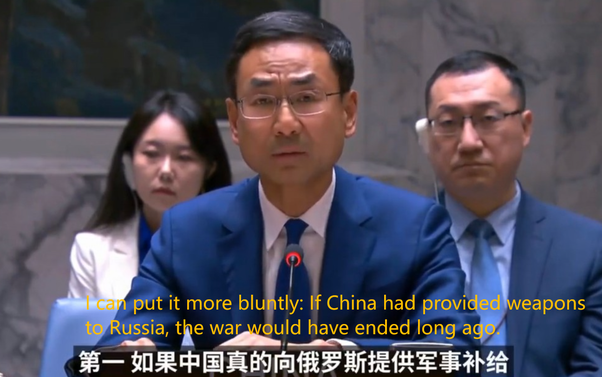
He said: “If China had intervened in this war, it would have ended long ago.”
It turns out he wasn’t speaking diplomatic jargon; he was speaking the truth.


